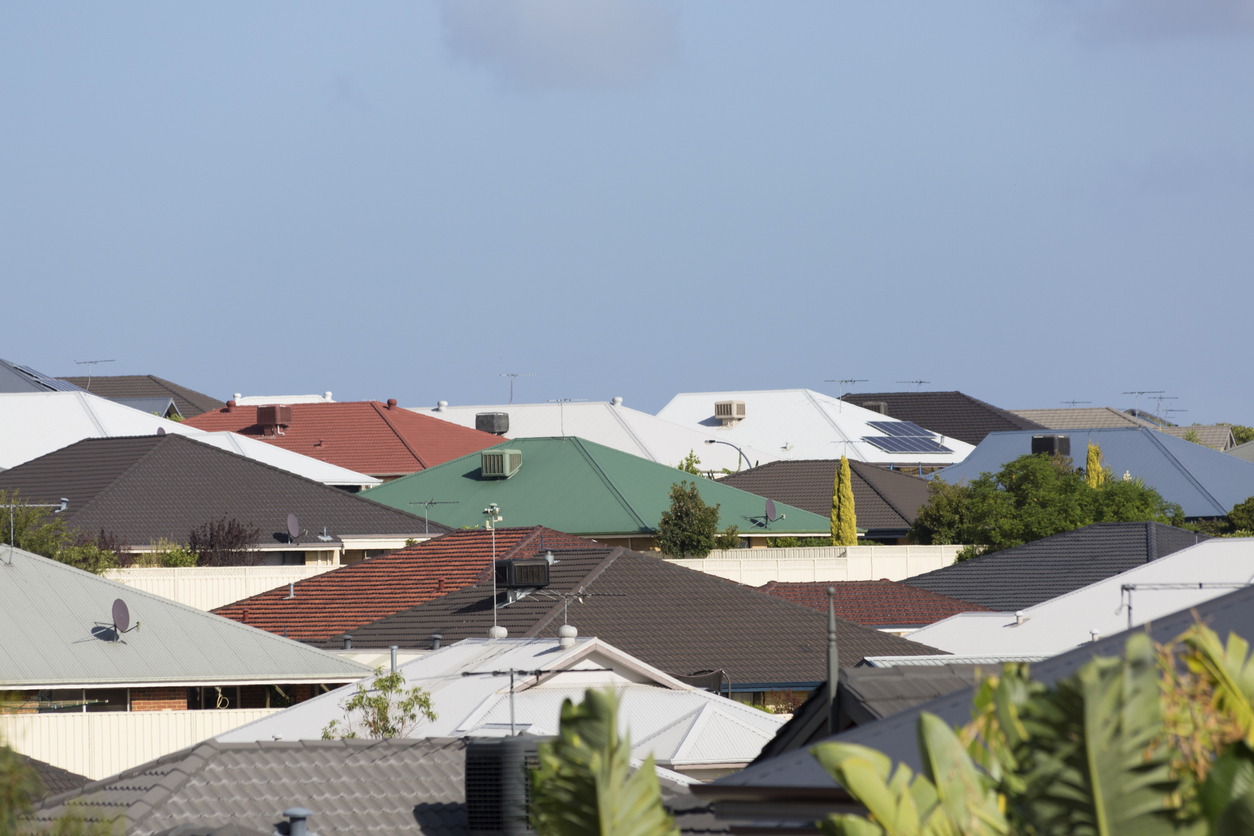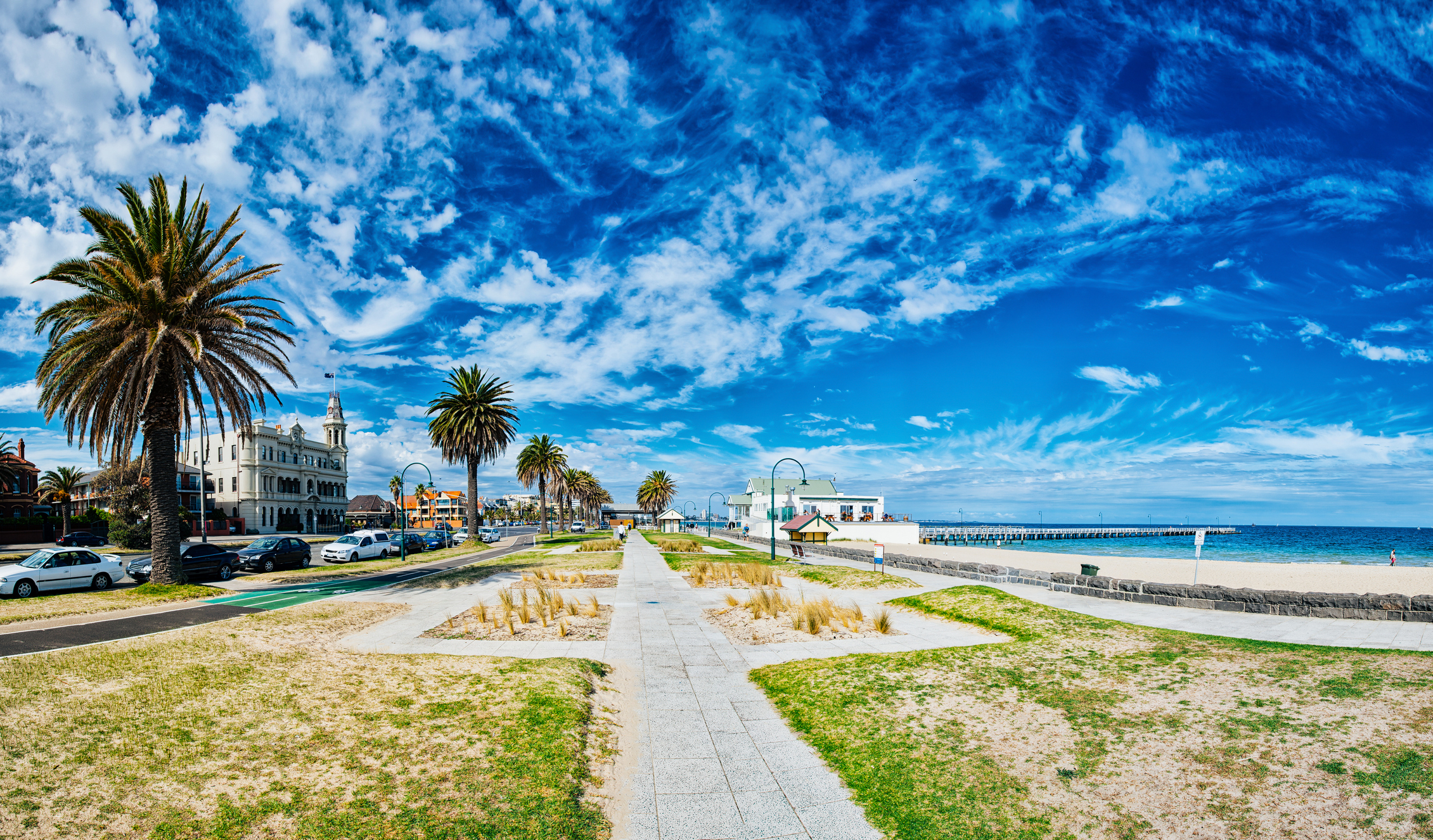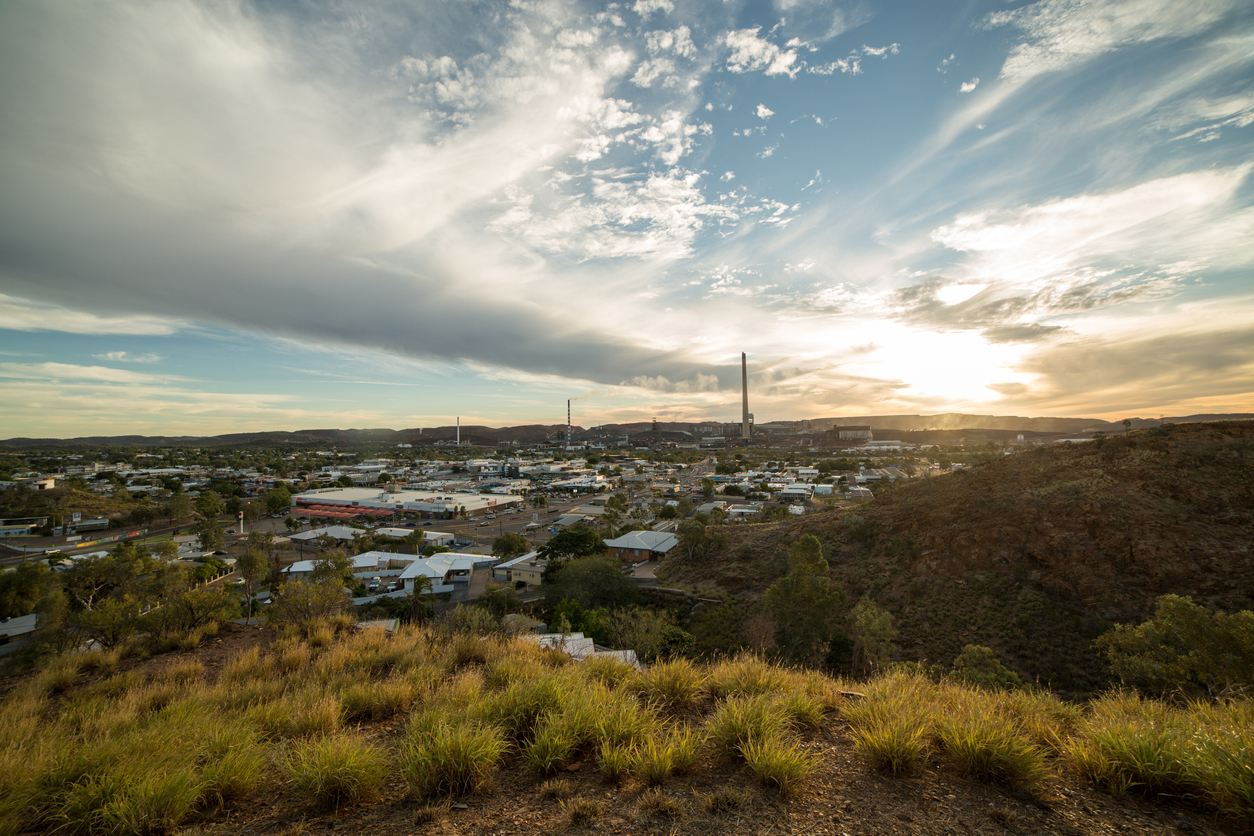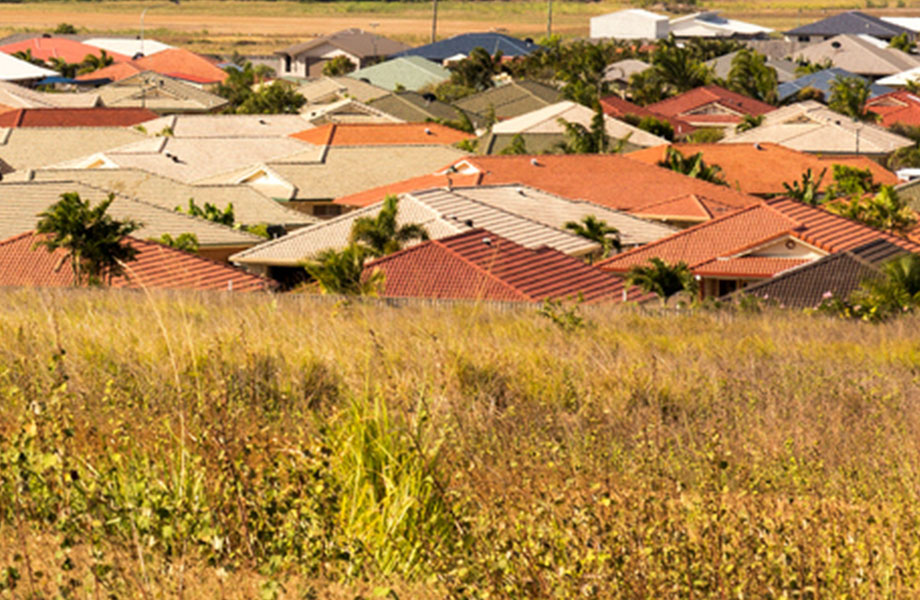The Australian Suburbs Where Property Prices Fell
Australia recorded 1473 suburbs that declined in value for the 12 months to November 2018, finds a new report.
The annual Suburbanite negative growth report, which uses data collected from Corelogic and SQM research, says this is a 37 per cent increase on the year prior.
“When oversupply meets a cooling market, coupled with strained infrastructure, this results in a market seeing downturn, even if the markets surrounding them are not in the same boat – yet,” Suburbanite founder Anna Porter said.
“One or two of these ingredients may not push a market into negative growth, but when all three fundamental issues collide the market is going to push through pain before the surrounding areas do.”
Related: These Are Sydney's Most Affordable Suburbs

New South Wales
Data shows the largest falls for houses were recorded in northern beaches suburb Church Point, falling 25.3 per cent. While the largest falls for units were recorded in Mangerton Wollongong recording falls of 43.9 per cent.
Porter said there has been an overdevelopment of units in Ultimo, as a result the unit market in the suburb recorded declines of 29.1 per cent according to the report.
“Ultimo just has too much supply for the market of inappropriate unit stock,” Porter said.
“Which just isn't being taken up at the rate it needs to be to accelerate growth.”
While positive growth has been projected for the Hills district in Sydney, particularly due to the completion of the new public transport hub, Porter says this achieved no real uplift in the housing prices for many of the Hills district suburbs.
“Winston Hills housing market has declined by 7.5 per cent, North Rocks with 6.9 per cent declines, Kings Langley witnessing 2.6 per cent declines, Cherrybrook seeing 1.2 per cent negative growth, Bella Vista declining by 2.4 per cent and Baulkham Hills declined 2.6 per cent,”
“The prestige pocket housing market of Galston, in the Hills district, has seen a 22.6 per cent decline.
“Prestige rural and residential locations tend to get hit first when the market starts to cool off. Especially when they offer lifestyle properties that have a limited market,” Porter said.
Related: What to Expect from the Property Market in 2019: Experts Weigh In

Victoria
The most negative housing growth recorded in Melbourne was controversially seen in trendy inner suburb St Kilda dropping 28.7 per cent for the period.
Other poor performing housing markets were Cardigan Village (-16.7 per cent), Glenrowan (-16.1 per cent), Lake Wendouree (-19.7 per cent) and Williamstown North (-21.7 per cent).
For units Porter said Melbourne’s Aberfeldie reported a 35.8 per cent decline in values, Toorak fell 17.2 per cent, and Blackburn dropping 19.9 per cent.
“The worst performing of the 153 unit market’s was Aberfeldie in Melbourne’s north-west, nine kilometres from the CBD with a contraction of 35.8 per cent.
"This is a direct outcome of the staggering oversupply of unit stock in these locations, and the CBD as whole, given Melbourne CBD has a unit decline of three per cent itself," Porter said.
“The great news for Victorian investors is that most of the worst performing markets were in remote and rural locations. Places that investors are unlikely to be looking anyway.”
Related: These Are Brisbane's Most Affordable Suburbs: Domain

Queensland
While less impact has been seen in Queensland's metro housing market, Porter says its unit and regional markets are certainly feeling the pinch.
The largest housing falls for the state was, perhaps unsurprisingly, recorded in the mining region Mount Isa’ suburb of Sunset experiencing a drop of 27.9 per cent.
“A direct reflection of businesses in the area continuing to wind down,” she said.
While for units, Beachmere near Deception Bay recorded falls of 49.8 per cent.
Related: Australia’s Worst Property Markets Revealed

Western Australia
While Western Australia is starting to recover overall, Porter says there are fewer metro suburbs on the list this year compared to last.
Regional mining towns however are still taking time to stabilise.
“Regional mining towns are great when there's a mining boom, but if you go regional, you have to think what happens when the market turns that corner.”
Kambalda West recorded the largest falls for houses, down 35.9 per cent.
While West Busselton dropped by 31.6 per cent for units.
Bucking the trend, South Australia is seeing solid growth, but Porter says it's the regional pockets “still feeling the pain.”
Biggest falls for housing in South Australia was Port Macdonnell recording a fall of 22.8 per cent.
And Allenby Gardens which dropped by 28.7 per cent for units.
Tasmania's biggest falls in the housing market was recorded in Shorewell Park Houses dropping by 26.9 per cent.
While for units East Launceston suffered falls of 14.2 per cent.
The political powerhouse of Australia is currently in a growth market, according to Porter, with the Australian Capital Territory mostly experiencing growth.
The exception is the unit market, which “is certainly feeling the pain” with an oversupplied pipeline.
Suburb Mawson saw the largest falls for houses, recording an 8.7 per cent decline.
In the unit market it was the suburb of Phillip which recorded falls of 26.4 per cent.














